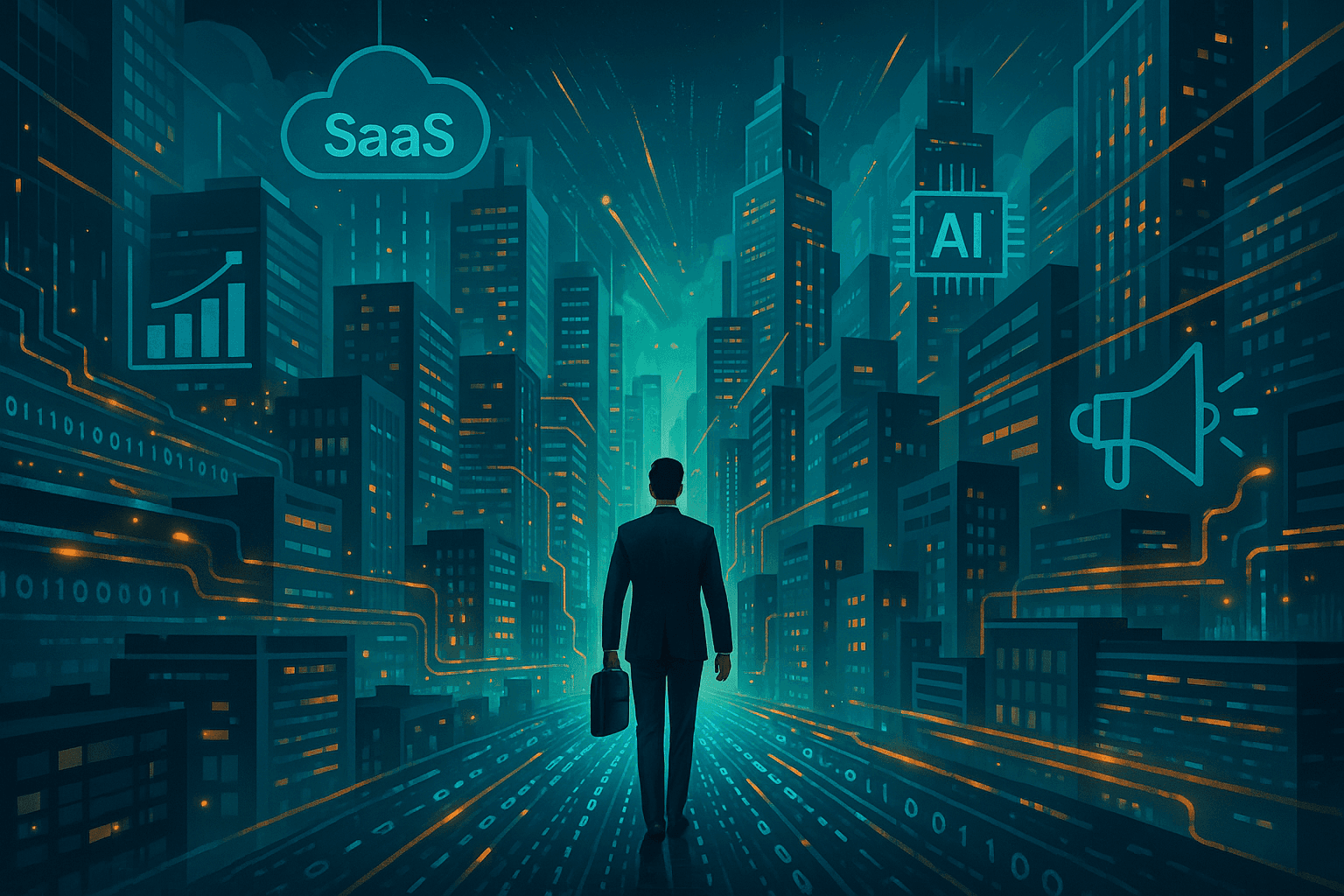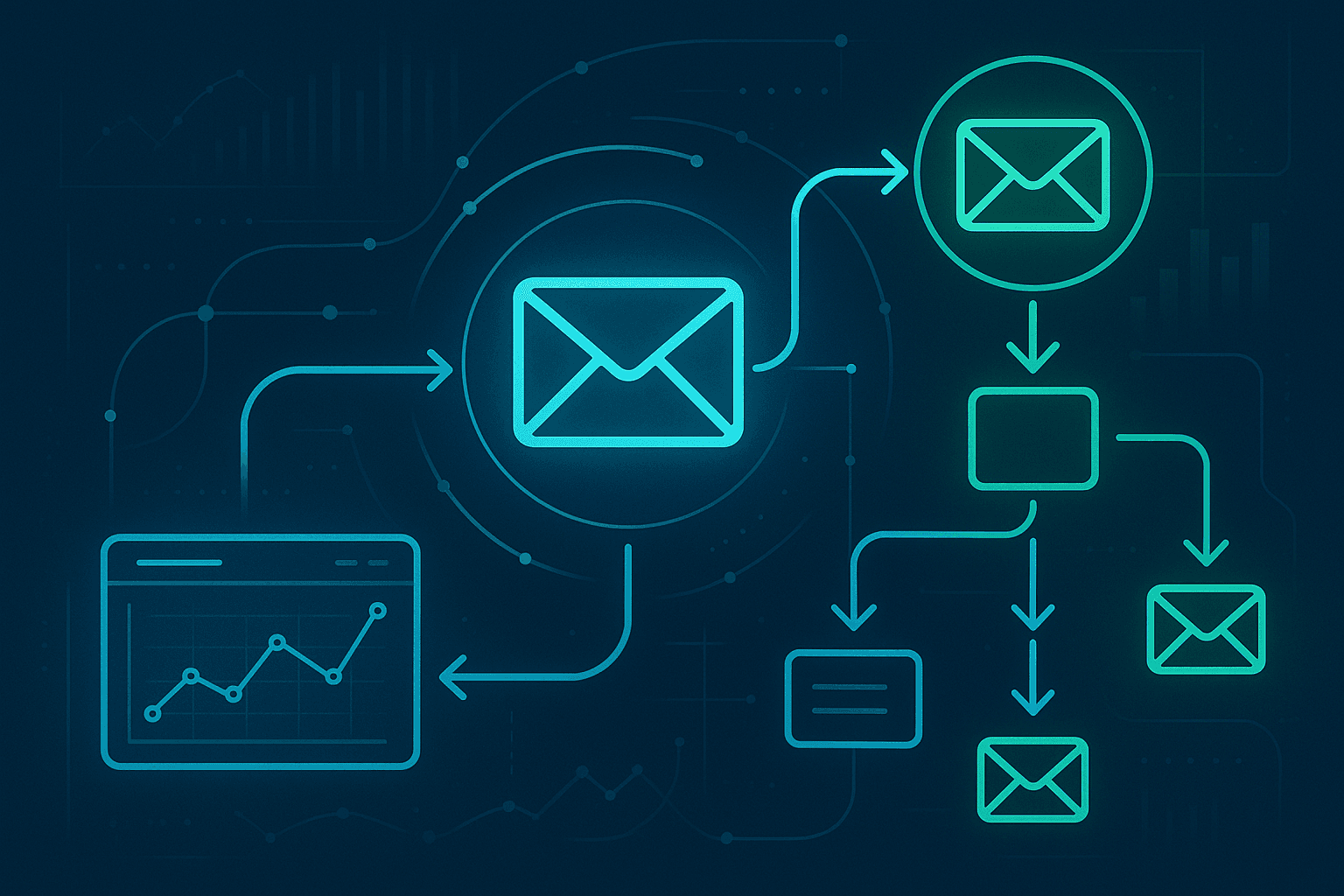Why Building a SaaS Product from Scratch Hurts (And How to Escape the Vibe Coding Trap)
Discover why building SaaS from scratch drains time, energy, and resources—even for pros. Learn actionable strategies to escape the vibe coding trap, future-proof your product, and leverage AI-powered templates to focus on what matters.

The current state of SaaS development
The SaaS (Software as a Service) landscape is more vibrant and competitive than ever. Developers, indie hackers, and early-stage founders are empowered by a wealth of modern frameworks, cloud platforms, and AI tools. The dream is clear: launch a SaaS product quickly, validate with real users, and scale fast.
Yet, beneath the surface of this innovation, a hidden complexity exists. Building a SaaS app from scratch remains a daunting, time-consuming, and often demoralizing process. Even for experienced developers, the journey from idea to MVP is littered with repetitive foundational work, integration headaches, and unforeseen bottlenecks.
The rise of "vibe coding"
In response to the desire for speed and experimentation, many developers embrace what’s often called "vibe coding": rapidly prototyping without a strict plan, following intuition, and making decisions on the fly. While this can deliver quick dopamine hits as features emerge, it often leads to technical debt, overlooked security issues, and a mountain of non-core work that steals time from real product innovation.
"The average SaaS MVP takes 8-10 weeks to reach production quality—even for experienced teams." (EliteSaaS internal data, 2025)
The foundational pain points
Let’s break down what makes SaaS development so challenging in 2025:
- Authentication: Implementing secure email/password, social logins, MFA, and password resets is still a multi-day task, with tricky edge cases and compliance concerns.
- Billing & Subscriptions: Integrating Stripe isn’t just about payments. You need to handle webhooks, dual-mode billing (subscriptions and one-time), error handling, and compliance.
- Team Management & RBAC: Multi-team support, invites, and granular permissions often become afterthoughts—but are essential for any serious product.
- UI/UX Consistency: Responsive layouts, dark mode, and modern navigation require real design expertise and constant attention.
- AI Integration: Connecting to OpenAI, Anthropic, or Google APIs for content generation or smart features is non-trivial—and the costs of AI can spiral out of control without careful planning.
- Settings & Configuration: Real-time, database-driven settings are expected today, but demand architectural foresight.
- Email Flows: Automated onboarding, transactional updates, and promotional flows require professional templates and reliable delivery.
- Waitlist Management: Even a simple waitlist needs secure signups, email verification, and exportable data.
Each of these areas can consume days—or weeks—before you even start building your actual product logic.
Why this matters now
The cost of lost time and focus
In 2025, speed-to-market is everything. The SaaS world moves at breakneck speed: new competitors appear overnight, AI-generated products proliferate, and user expectations are higher than ever. Spending weeks on foundational infrastructure is not just inefficient—it’s a strategic risk.
"95% of solo SaaS founders spend more time on setup than on core product features in their first month."
The hidden costs of AI
While AI APIs promise to accelerate development, most founders underestimate:
- The cost of prompt engineering and integration
- The learning curve of multiple provider SDKs
- The challenge of scaling without incurring runaway expenses
Marketing is no longer optional
Launching a technically sound SaaS product is only half the battle. Without effective marketing and content, even the best products struggle to find users. Yet, building blogs, CMS, and social media automation from scratch is a major distraction for most developers.
Our unique perspective
At EliteSaaS, we've experienced these pain points firsthand. Our team has shipped and scaled SaaS products across multiple industries, and we've seen how even brilliant developers get bogged down in the weeds of authentication, billing, and AI integration.
We believe that the era of vibe coding foundational SaaS features should be over. There is simply too much at stake—time, capital, and opportunity—to settle for reinventing the wheel every time you start a new project.
What sets EliteSaaS apart
- Enterprise-Grade Foundation: We’ve abstracted the hardest, most critical SaaS infrastructure into a production-ready template, built with the latest technologies (Next.js 15, React 19, Tailwind 4.1, Supabase, Stripe, Vercel AI SDK).
- AI-Powered Marketing Built In: EliteSaaS is the only template that automates content generation, blog management, and social media distribution—so you can market your SaaS while you build it.
- Real-Time Customization: Database-driven settings, RBAC, audit logging, and professional email flows are ready from day one. No more weeks spent gluing together disparate tools.
- Self-Marketing Proof: The template markets itself using its own AI tools—proving its effectiveness in real-world conditions.
"Ship in hours, not months. Focus on your actual product—not boilerplate."
Actionable insights for SaaS builders
If you’re a solo developer, indie hacker, or early-stage founder, here are key steps to escape the vibe coding trap:
1. Quantify your true time-to-market
- List every foundational feature you need (auth, billing, AI, UI, etc.)
- Estimate honestly how long each will take, with testing and edge cases
- Compare that total to your available runway or spare time
2. Prioritize your unique value
- Focus relentlessly on the features that differentiate your SaaS—everything else should be abstracted or automated
3. Leverage modern templates and platforms
- Use production-grade templates like EliteSaaS, which include:
- Complete authentication flows (email, social, MFA)
- Dual-mode Stripe billing
- RBAC and team management
- AI-powered content tools
- Real-time settings and professional UI
- Evaluate solutions by how much actual product you can ship in the first week
4. Don’t neglect marketing automation
- Start building your audience before you launch
- Use AI-generated blogs, social media threads, and email flows to create a steady drumbeat of content
- Choose tools that integrate marketing directly into your dev workflow
5. Plan for scale and security from day one
- Ensure your stack supports audit logging, role-based access, and compliance—even if you’re solo now
- Pick architectures that won’t require a painful rewrite later
Future predictions
1. AI-driven SaaS building will become the default
By 2027, most successful SaaS products will be built on foundations that leverage AI for both product and marketing. The days of manual CMS setup, static landing pages, and hand-coded authentication will fade.
2. Templates will replace boilerplate
Developers will increasingly rely on robust, production-ready templates—not just for code, but for marketing infrastructure, compliance, and analytics.
3. Marketing automation will be integral, not optional
The rise of AI-powered content means every SaaS team, no matter how small, will have the ability to compete on marketing—if they adopt the right tools. Those who ignore this trend will fade into obscurity.
4. Security and compliance will define winners
With rising regulatory pressure and user expectations, SaaS products built without security and audit logging from day one will face existential risks.
How to prepare for what's coming
Take decisive action now
- Audit your current workflow: Identify where you’re spending valuable time on non-differentiating work
- Adopt production-ready templates: Choose solutions that save you weeks, not just hours
- Automate your marketing: Don’t wait until launch to build your audience and authority
- Embrace AI responsibly: Use multi-provider AI integrations to avoid vendor lock-in and control costs
The new SaaS builder's toolkit
- EliteSaaS template: All-in-one production infrastructure + AI marketing
- Modern dev stack: Next.js 15, Supabase, Stripe, Vercel AI SDK
- Content automation: Generate blogs, case studies, and social posts while you ship features
- Compliance tools: Audit logging, RLS, RBAC, and secure email flows
"The real innovation is not just building fast—but building right, from day one."
Call to Action
Ready to break free from the pain of vibe coding and reclaim your time? EliteSaaS empowers you to launch a production-ready, marketing-enabled SaaS app in hours—not months. Don’t waste another week fighting with authentication, billing, or AI integration.
Accelerate your launch, build with confidence, and focus on what truly matters—your unique product vision.


